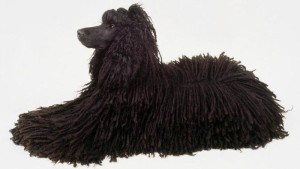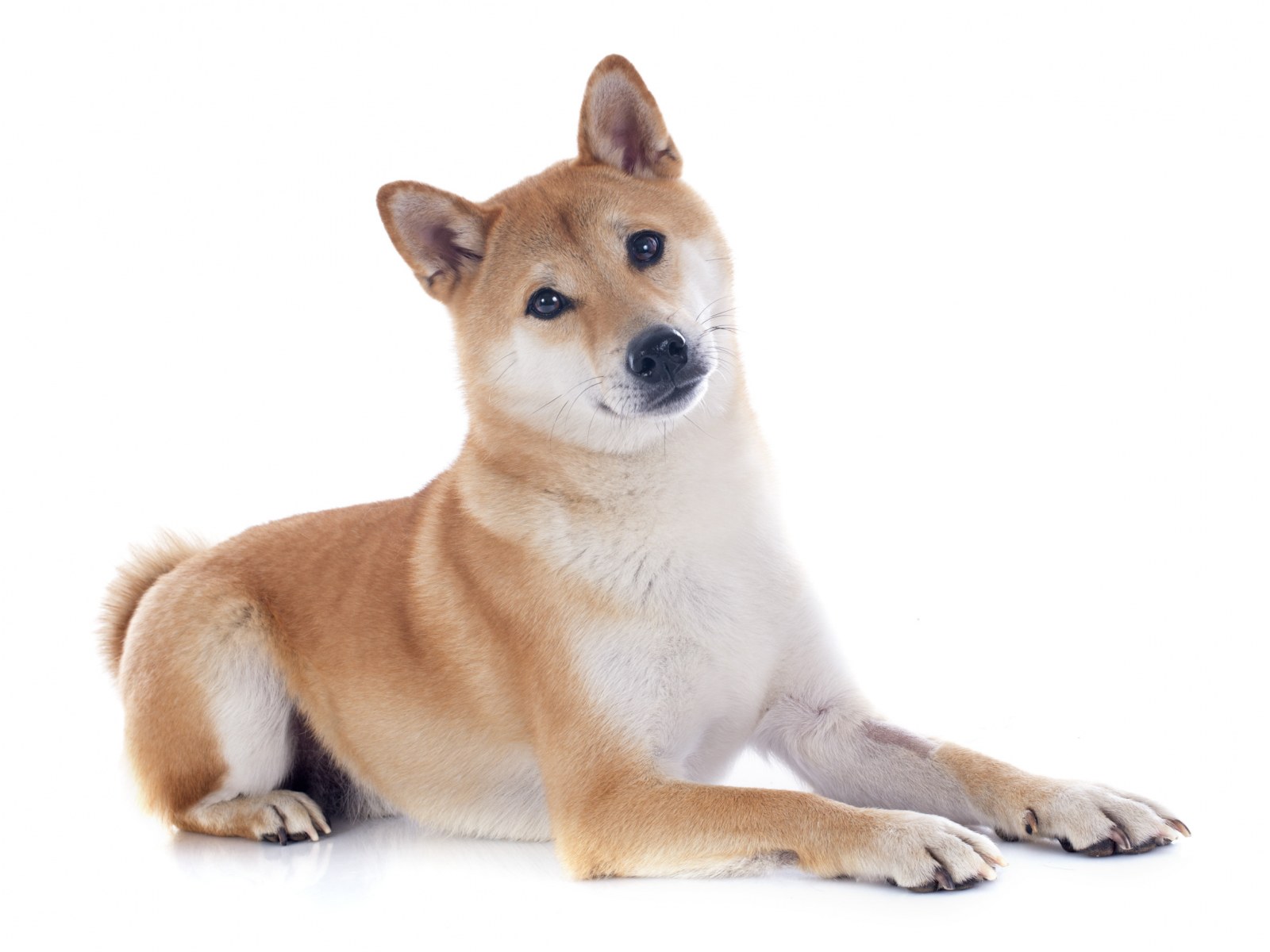 Cording a Poodle take time and patience, but it’s well worth it if you’re planning to give a unique look to your Poodle. A harsh, thick, curly-textured coat will cord into long, rope-like mats without much assistance. Bathing the Poodle and allowing his coat to dry naturally is usually sufficient to start the process. Thinner, straighter coats require more work to produce cords of uniform length and thickness.
Cording a Poodle take time and patience, but it’s well worth it if you’re planning to give a unique look to your Poodle. A harsh, thick, curly-textured coat will cord into long, rope-like mats without much assistance. Bathing the Poodle and allowing his coat to dry naturally is usually sufficient to start the process. Thinner, straighter coats require more work to produce cords of uniform length and thickness.
Cording usually begins at around seven to nine months of age when the adult coat starts coming in. As the shed puppy coat becomes entangled with the emerging adult coat, the hair will fuse into bundles. Most of the work involves keeping each evolving cord separated as it becomes thicker and longer.
Some coats mat rather than cord naturally, and the mats must be manually separated into increasingly smaller sections by gently pulling them apart. The thickness of the cords should be in proportion to the size of the dog. Once they are established, the cords should be sprayed with water daily to tighten them and encourage the process. Corded Poodle coats have been known to grow to 20 inches.
A corded coat must be kept scrupulously clean and well conditioned. It should be bathed weekly in low-suds shampoo to prevent the build-up of soap residue. Use a light conditioner that is easily rinsed out. The coat must be thoroughly dried to prevent skin problems, which will take several hours. Dampness can also cause the cords to develop mildew and odor. Soaking the dog in a mixture of a teaspoon of chlorine bleach diluted in 5 gallons of water will stop cord mildew.
The cords must be checked for debris like twigs, grass, and seeds each day, and protected from breakage. Their thickness is deceptive; only some of the hair is actually anchoring them to the skin, and they can be easily damaged or pulled out. Cords should be tied into bundles with hair scrunchies to protect them.
Brushing the Coat
Because Poodles don’t shed, dead hair must be brushed out to prevent matting. Coat length, texture, and trim will dictate whether a pin brush or a wire slicker is the best choice for routine brushing. Both can be effective or useless. Test brushes by trying them yourself. A cheaply made brush is stiff and sharp. It will rip hair and damage skin. A sharp brush can also cause skin irritation known as brush burn.
Puppy coats range from slightly wavy to tightly curled. Weekly brushing is fine for many puppies, but soft, cottony coats require more frequent attention to prevent mats. Coat change occurs between 7 and 18 months of age, and many Poodles will need daily brushing for several months as the puppy coat is gradually shed and replaced. The amount of brushing needed for adult coats also varies. The only rule is that the dog should be kept free of mats.
Brush methodically, one section at a time. Do each leg, his tail, topknot, ears, and body coat. Longer, dense coats should be parted into sections about 2 or 3 inches wide and misted with conditioning spray to reduce static. Brush gently from the hair tips to the roots, all the way to the skin in a smooth motion, without bending your wrist.
After brushing, use your comb to check for tiny tangles that you may have missed. They have a miraculous ability to triple in size by the next grooming session.

